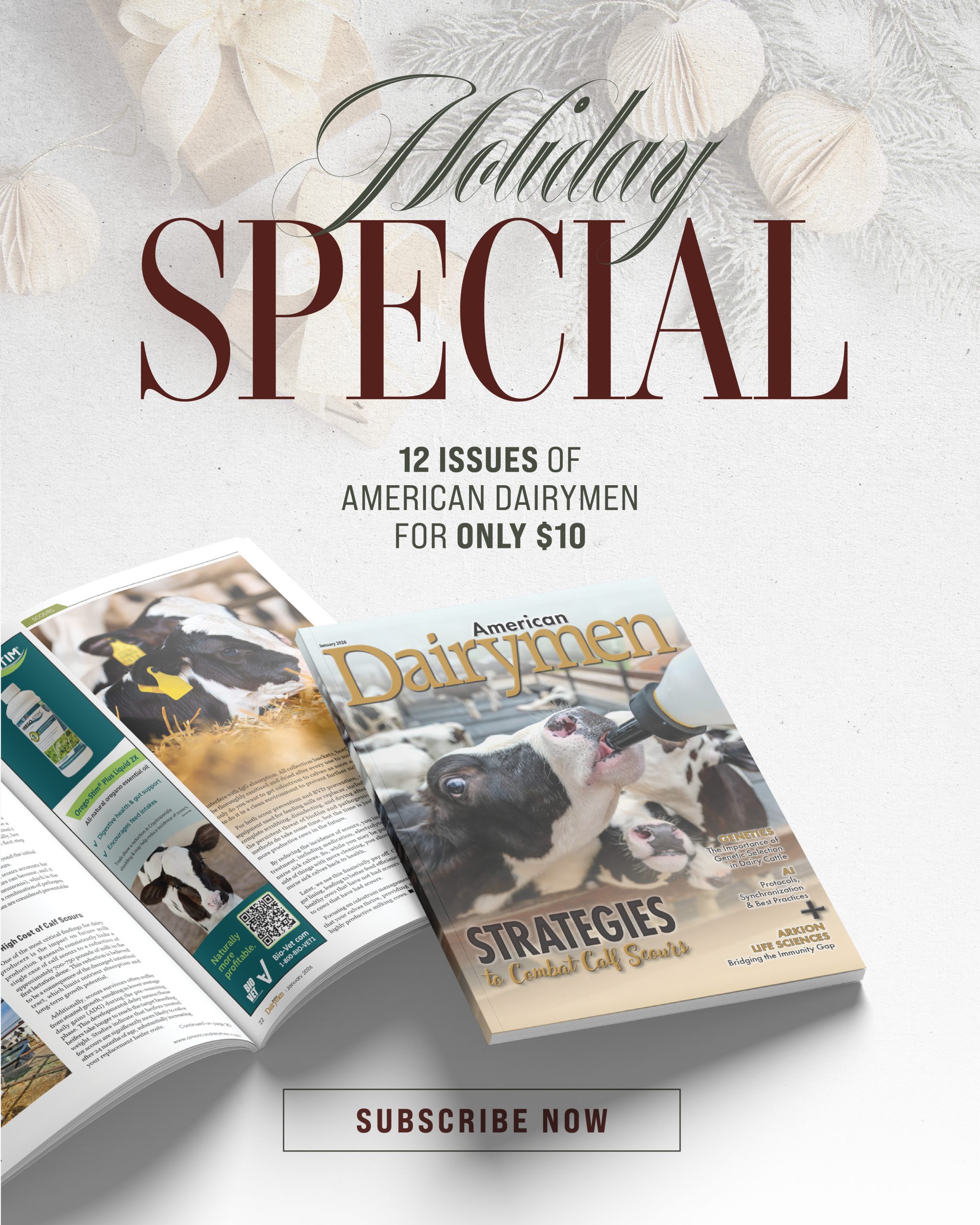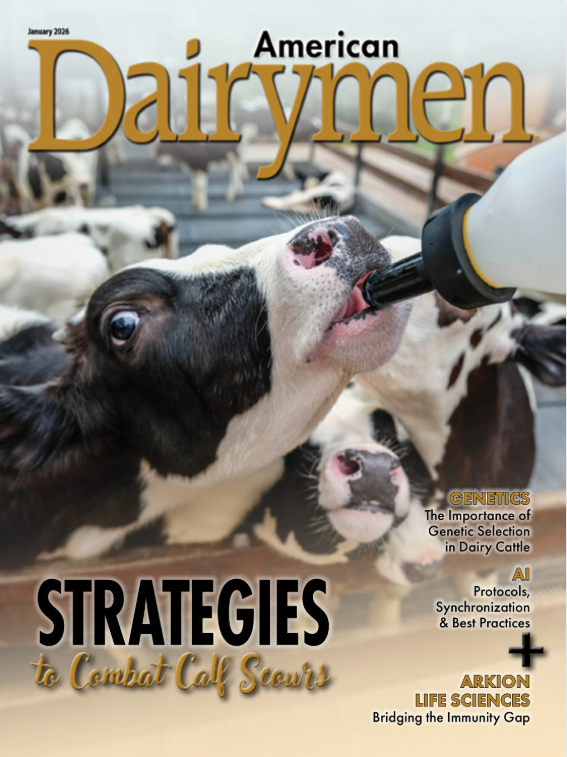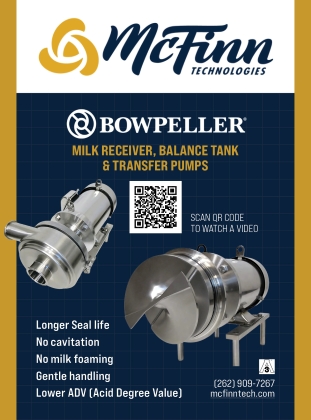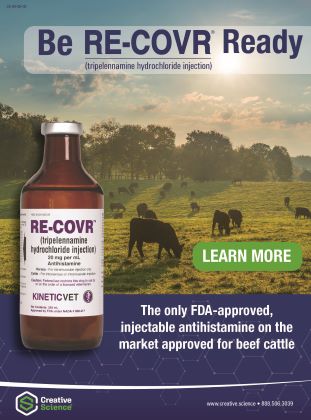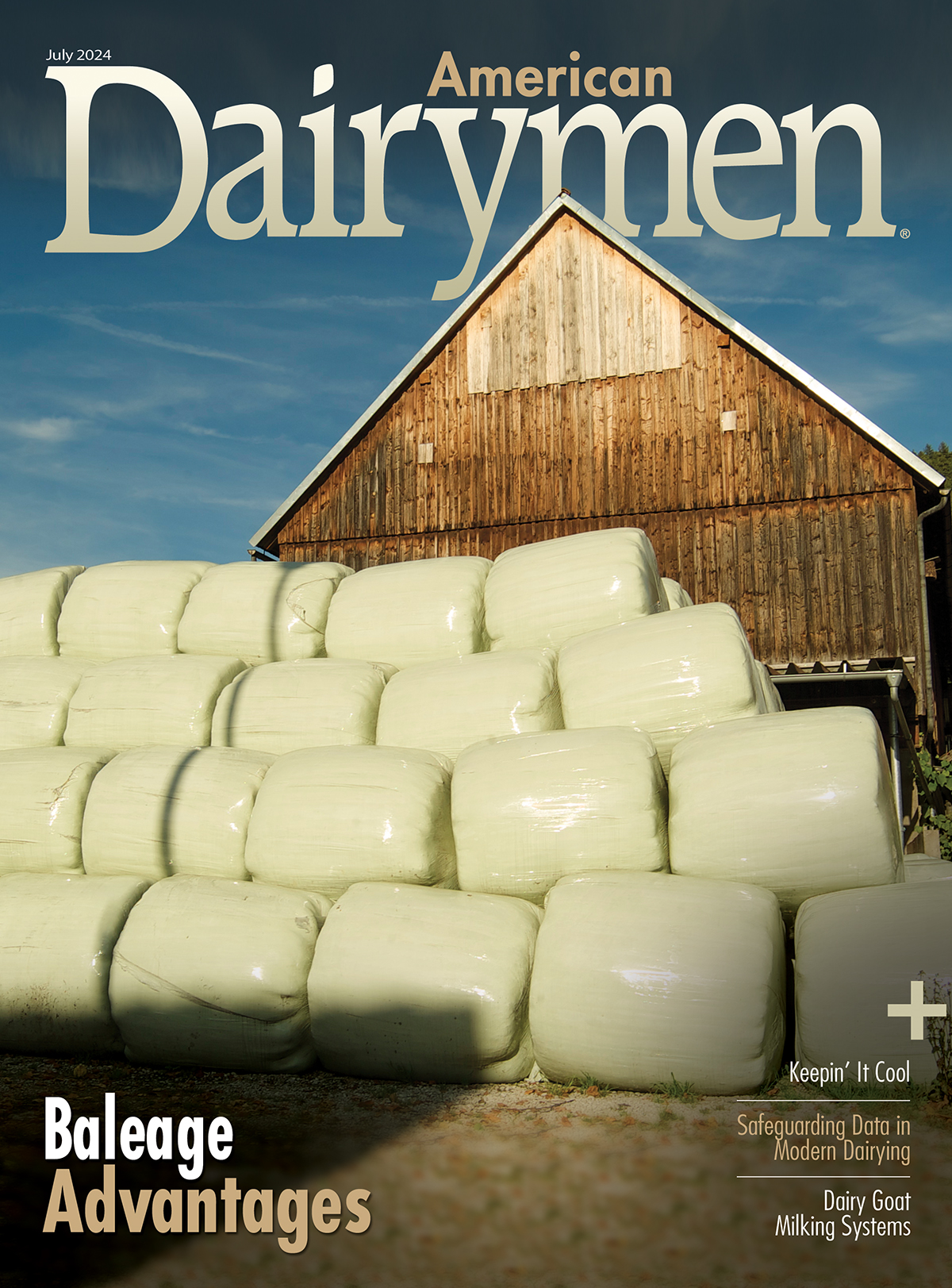Check Out Our Current Issue!

smaXtec’s pH Bolus Powers Proactive Feed Management and Healthy Herds
Proven internal pH monitoring bolus technology uncovers fluctuations in feed quality and identifies rumen imbalances early for quick intervention. MADISON, WI [September 29, 2025] – smaXtec is proud to introduce the next generation of pH bolus technology giving dairy farmers and nutritionists powerful insights into herd health and feeding management. The pH bolus continuously monitors […]
READ MORE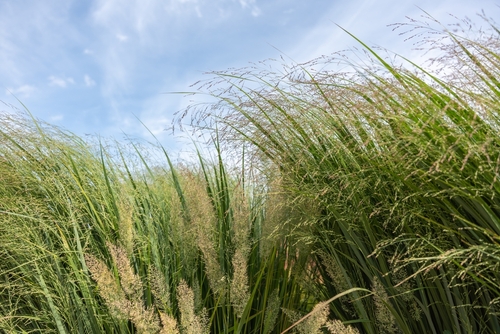
Iowa NRCS Sets Oct. 10 Cutoff for Conservation Program Applications
DES MOINES, IOWA, Sept. 10, 2025 – The first application cutoff for Iowa farmers and other private landowners to apply for conservation practices in Fiscal Year (FY) 2026 through USDA-Natural Resources Conservation Service (NRCS) programs is Oct. 10. NRCS accepts conservation program applications on a continuous basis but sets application cutoff dates as funding allows. […]
READ MORE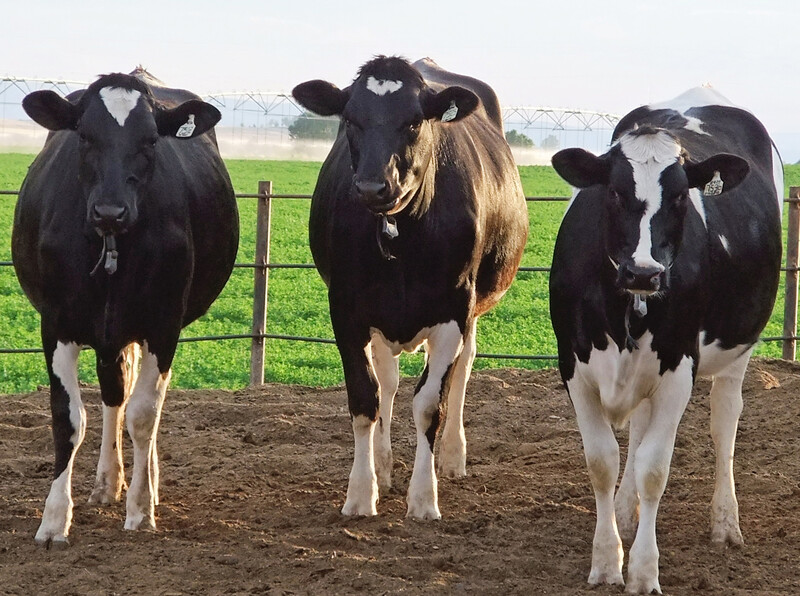
Embryos Offer Opportunities to Control Your Herd’s Future
Achieve rapid genetic gains, increase pregnancies during heat stress and switch cattle breeds in a single generation with embryos. BOISE, Idaho [Sept. 10, 2025] – In today’s competitive dairy environment, herd genetics are more than a science — they’re a strategy. Forward-thinking producers are re-evaluating their breeding programs (and embryos) and tapping genetics to unlock […]
READ MORE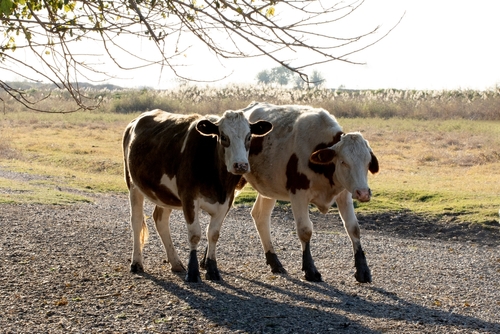
Purina Animal Nutrition Unveils Second Edition of the Beef-on-Dairy Industry Report
Purina Animal Nutrition Unveils Second Edition of the Beef-on-Dairy Industry Report Industry-leading experts provide valuable insights for stakeholders in the beef-on-dairy sector ARDEN HILLS, Minn. (August 20, 2025) — Purina Animal Nutrition has unveiled the second edition of its Beef-on-Dairy Industry Report, offering producers an in-depth look at the evolving role of beef-on-dairy cattle in the U.S. […]
READ MOREFeatured Story
Regenerative Agriculture on a Dairy Farm
Paul and Erin Kernaleguen are dairy farmers and soil consultants near Birch Hills, Saskatchewan, committed to regenerative practices in growing forage for their cattle. They farm with Paul’s Parents, Jos and Brenda.
“We were a very conventional dairy operation until 2012 when we started looking at doing some things differently because our weather was super-wet for a couple years. Our average annual precipitation is about 12 inches of moisture, but we’d had two years in a row with about 40 to 50 inches, which made farming extremely difficult!” says Paul.
Twin Rivers Media
Publisher of American Cattlemen and American Dairymen magazines. Founded over 30 years ago, Twin Rivers Media serves the information and marketing needs of America’s beef and dairy producers.
In addition to our industry leading print magazines, Twin Rivers Media is a comprehensive multi-media communications company reaching producers and suppliers across all media channels.


